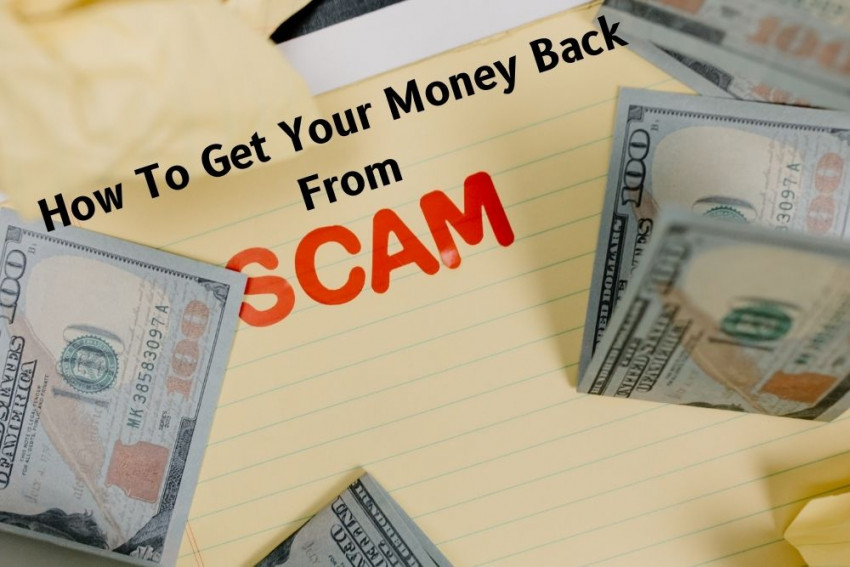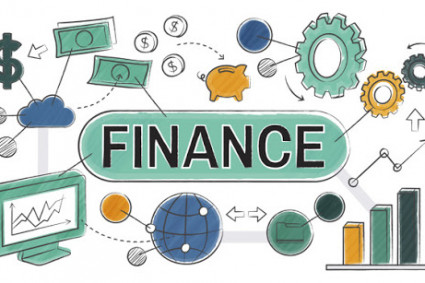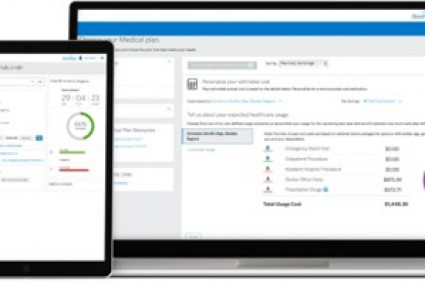
Scammers meticulously frame persuasive scams and the best means to bag the consumer's money. Finally, we will explain consumers' legal remedies and options, which differ depending on the method used for the consumer's payment. While scammers, as a rule, use payment methods that leave people with little immediate redressal, consumers do have choices in some situations, and complaining quickly and widely may actually be the most effective way of getting help.
We mention four payment methods that virtually announce that the transaction is a scam and others that sport a big red flag. Advocates should be au courant with these methods when assisting clients, friends, or family. In addition, it helps to be aware of legal rights, making the most of advice on getting money back for scammed consumers despite the consumer's payment using those or other payment methods.
Payment methods loud with scam
A person getting in touch with the consumer by telephone and asking for any of the following four forms of payment is closest to a scammer. Even for legal telemarketing operations, some of these payment methods are illegal. However, practitioners should be in the know with these somewhat exotic payment methods that scammers could use:
Gift cards: The scammer persuades the consumers to visit a nearby store (e.g., Walmart, Target, Walgreens, or CVS) to buy a gift card. The scammer could even be on the phone with the consumer while the card is being bought. The scammer subsequently instructs the consumer to scratch off the security film on the gift card's back and read the numbers to the scammer. The scammer can then remotely access and retrieve the gift card's value. More commonly, the gift card information will, within two blinks, be sold and resold on a secondary market. The eventual buyer thus exhausts the card of its value soon after the consumer's gift card purchase.
Cash-to-cash money transfers: The consumer is instructed to bring cash to a money transfer provider (for instance, a store acting as an agent for Western Union or MoneyGram) that transfers the cash value to another location, generally overseas, where the scammer can pick up the cash.
A cash reload mechanism: The consumer pays cash and a small fee to a retailer for a card or other device that could potentially be used to load cash onto a general-purpose, reloadable card. These reload devices (such as MoneyPak, Vanilla Reloads, or Reloadit packs) have an access code or PIN number. When the consumer gives the access code to the scammer, the scammer immediately transfers value from the reload device onto the scammer's own prepaid card.
Express mail of cash: Some scammers direct the consumer to pay in cash, mailed to the scammer by UPS, USPS, FedEx, or comparable next day or other speedy services.
Tip-off tocsin: asking for client's bank account number and routing number
Scammers, telemarketers or other callers may request the consumer's bank account and routing number so as to debit the bank account. Then, those account numbers may be used to take money out of the consumer's account in three varied ways. While entities other than scammers, such as creditors and debt collectors, may use some of these methods, specifically electronic transfers, it has the least likelihood of being a scam if the caller is willing to accept a credit or debit card.
Remotely created checks (RCCs), a.k.a telechecks: the seller gets the consumer's bank account and routing number and prints out a check, and, rather than the consumer's signature, inserts language such as "authorized by drawer,". The latter can operate as a legal signature if it is authorised.
Remotely created payment orders (CPOs) are the same as RCCs but are never yielded as a paper document. Rather, they are directly submitted via the check clearing system as an electronic image. Since they are absolutely never in paper form, RCPOs are not "checks" per the Uniform Commercial Code (UCC). However, RCCs and RCPOs are identical to the consumer's bank, as paper checks are also generally processed electronically as an image, and banks tend to process RCPOs as checks.
Electronic fund transfer through the ACH system. The scammer may use a bank account, and a routing number can also be used to process an electronic fund transfer (EFT) from the consumer's bank account. The ACH system is the chief electronic system used both for direct deposits to consumer accounts and preauthorized debits from accounts (unless a debit card number is used). In addition, the ACH system has controls against fraud (though imperfect) that the check system is found to be lacking.
Shield yourself against scams: complaint everywhere ASAP with the fullest documentation
Most payment methods used by scammers cannot be made sternforemost (but some can be). While the scammer is legally accountable to the consumer, the scammer is usually long gone or is bankrupt when found. Finding a scammer, bringing a lawsuit, and recovering a judgment is generally not doable for an individual scammed consumer.
Rather, a consumer's best hope may be to file a complaint in as many sites as possible, including with the bank or company concerned with the payment system and with government authorities. The payment provider may be able to help, and a subsequent government enforcement action (against the scammer or even against a collusive payment provider or another facilitator) could result in an ensuing recovery for victims.
Speed is essential. The consumer's chance of recovering money is stronger if the consumer complains swiftly, both to payment providers and to law enforcement.
It is also important to include the fullest documentation as to the method of payment, but do not bide your time for that documentation prior to filing a complaint.
FAR is a new, all-under-one-roof website for any sort of scam and payment method. The website takes the requisite data from the consumer and advises on the next steps contingent upon the nature of the scam and the consumer's payment. The site subsequently sends the information along to the apposite law enforcement agencies, including 3000+ law enforcement agencies enforcers.
In addition to FAR, for each payment method, consumers ought to consider filing complaints directly with:
Action Fraud: The UK's premier national fraud reposting agency, Action Fraud, is easily accessed via its website. Chatting gets an agent instantaneously. On the other hand, you could call 0300 123 2040. The contact us page gives a valuable link to the National Cyber Security Centre.
National Crime Agency: on their 'What we do' page, the NCA gives a valuable link to the UK National Central Office for the Suppression of Counterfeit Currency and Protected Coins. On their contact us page, the NCA offers anonymous crime reporting through an online form.
Financial Conduct Authority scamsmart: These are your go-to folk if you are the victim of an investment or pension scam. The program's Facebook page keeps you in the loop with continual scamsmart news.
SFO or Serious Fraud Office This office was established in 1988, with the express goal of pursuing cases that are too complicated for ordinary courts. They are both the investigator and prosecutor and follow cases like tax evasion. They are 'last resort", actually.
Conclusion
Getting your money back from a scam is a lot easier if you follow a few guidelines. There are a number of fraud prevention authorities that help pre-empt the fraudsters’ machinations. There are safe practices that help you evade traps that you might otherwise have walked into. However, for the nitty-gritty of fund recovery, practical approaches are available from FAR.




